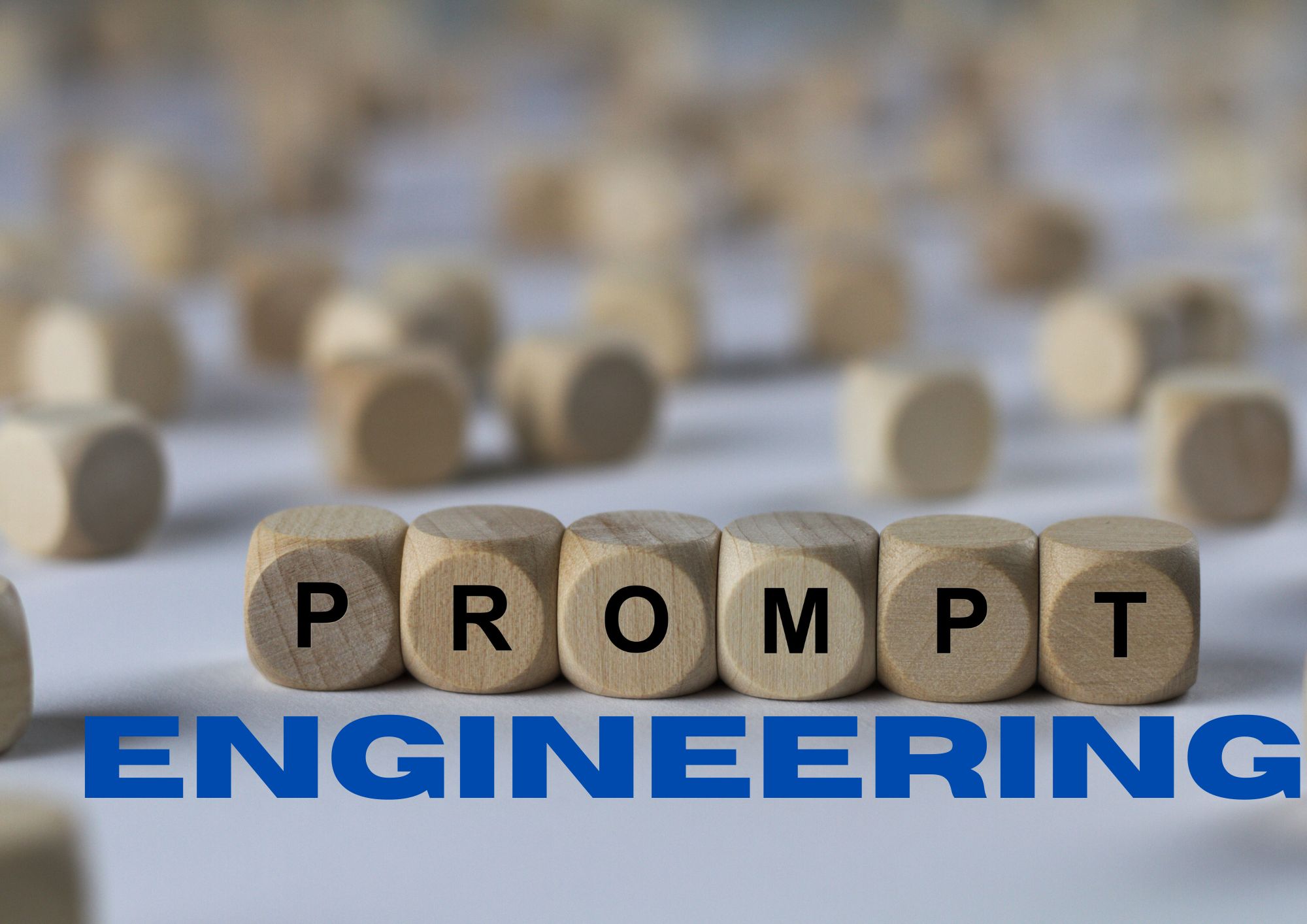Prompt engineering is a rapidly evolving field with exciting trends and innovations emerging at a breakneck pace.
As we look ahead to the future of prompt engineering, it’s crucial for professionals to stay informed about the latest advancements to remain competitive in this ever-changing industry.
This article explores the most promising prompt engineering trends, innovations, and future applications that will reshape the way we approach engineering tasks. 😊
Section 1: Artificial Intelligence (AI) and Machine Learning
One of the most significant innovations in prompt engineering is the integration of artificial intelligence (AI) and machine learning.
These technologies have the potential to revolutionize the engineering process by automating repetitive tasks, optimizing designs, and predicting potential issues before they arise.
For example, AI can be used to analyze large sets of data and identify patterns that may lead to more efficient designs. Machine learning algorithms can learn from past engineering projects and optimize new designs based on this accumulated knowledge.
📈 Fact: According to a report by Gartner, AI and machine learning applications are expected to grow by 50% in the engineering sector by 2025.
Section 2: The Rise of Collaborative Robotics
Collaborative robotics, or cobots, are designed to work alongside humans in various engineering tasks.
These robots are equipped with advanced sensors and AI capabilities to understand and predict human behavior, allowing them to safely and efficiently collaborate with their human counterparts.
One notable application of cobots in prompt engineering is in assembly lines, where they can assist in tasks such as tightening screws or applying adhesive. The use of cobots not only enhances productivity but also reduces the risk of injury to human workers.
💡 Example: Universal Robots, a leading cobot manufacturer, has reported that their cobots have been deployed in over 50,000 installations worldwide.
Section 3: Digital Twins
Digital twins, or virtual replicas of physical systems, are becoming increasingly important in the realm of prompt engineering.
They can be used to simulate and test new designs, materials, and manufacturing processes before they are implemented in the real world.
Digital twins enable engineers to identify potential issues and optimize their designs before committing to costly prototypes or production runs. This leads to more efficient and cost-effective engineering projects.
📊 Fact: A study by Markets and Markets predicts that the digital twin market will be worth $48.2 billion by 2026, up from $3.8 billion in 2019.
Section 4: The Growing Importance of Cybersecurity
As engineering processes become increasingly digitized and interconnected, the need for robust cybersecurity measures is more crucial than ever.
This need is driving the development of new technologies and protocols to protect critical engineering systems and data from cyberattacks.
For instance, blockchain technology is being explored as a way to securely store and manage engineering data, while machine learning algorithms can be employed to detect and mitigate potential threats.
🔐 Example: The WannaCry ransomware attack in 2017 disrupted operations at major engineering firms such as Renault, forcing them to halt production and reevaluate their cybersecurity measures.
Section 5: 3D Printing and Additive Manufacturing
3D printing and additive manufacturing have revolutionized the way we approach prototyping and production in prompt engineering.
These technologies allow for the creation of complex geometries and the use of novel materials that were previously impossible or impractical to manufacture.
One key advantage of 3D printing is the ability to produce customized components quickly and cost-effectively, enabling rapid prototyping and design iteration.
Additionally, additive manufacturing can reduce material waste and improve sustainability in the engineering process.
🚀 Example: GE Aviation’s LEAP engine features 3D printed fuel nozzles, which are 25% lighter and five times more durable than traditional nozzles. This innovation has led to significant fuel savings and reduced emissions.
Section 6: Internet of Things (IoT) and Smart Engineering
The Internet of Things (IoT) is another significant trend shaping the future of prompt engineering. IoT devices and sensors can be integrated into engineering systems to monitor performance, collect data, and enable real-time decision-making.
Smart engineering solutions, powered by IoT, can optimize operations, reduce downtime, and enhance overall efficiency.
Furthermore, IoT-enabled engineering systems can facilitate predictive maintenance, helping to identify and address potential issues before they become critical.
💡 Example: Siemens has implemented an IoT-based monitoring system in their gas turbines, enabling real-time data collection and analysis to optimize performance and reduce maintenance costs.
Section 7: The Future of Programming in Prompt Engineering
As engineering projects become more complex and interconnected, the demand for advanced programming skills will continue to grow.
Engineers will need to master new programming languages, tools, and frameworks to stay ahead of the curve.
👩💻 Programming Example:
import tensorflow as tf
from tensorflow.keras.models import Sequential
from tensorflow.keras.layers import Dense
# Build a simple neural network for engineering design optimization
model = Sequential()
model.add(Dense(32, input_dim=8, activation='relu'))
model.add(Dense(16, activation='relu'))
model.add(Dense(1, activation='linear'))
# Compile and train the model
model.compile(optimizer='adam', loss='mean_squared_error')
model.fit(X_train, y_train, epochs=100, batch_size=32)
This Python code snippet demonstrates how to create a simple neural network using TensorFlow, a popular machine learning library.
This type of neural network can be used in prompt engineering tasks such as design optimization or predictive maintenance.
The future of prompt engineering is an exciting landscape filled with innovations and emerging trends.
As technologies such as AI, machine learning, collaborative robotics, digital twins, cybersecurity, 3D printing, IoT, and advanced programming continue to evolve, the face of engineering will be forever changed.
By staying informed about these developments and integrating them into their workflows, engineers can position themselves at the forefront of their industry, leading to a brighter and more efficient future. 😃
Thank you for reading our blog, we hope you found the information provided helpful and informative. We invite you to follow and share this blog with your colleagues and friends if you found it useful.
Share your thoughts and ideas in the comments below. To get in touch with us, please send an email to dataspaceconsulting@gmail.com or contactus@dataspacein.com.
You can also visit our website – DataspaceAI

